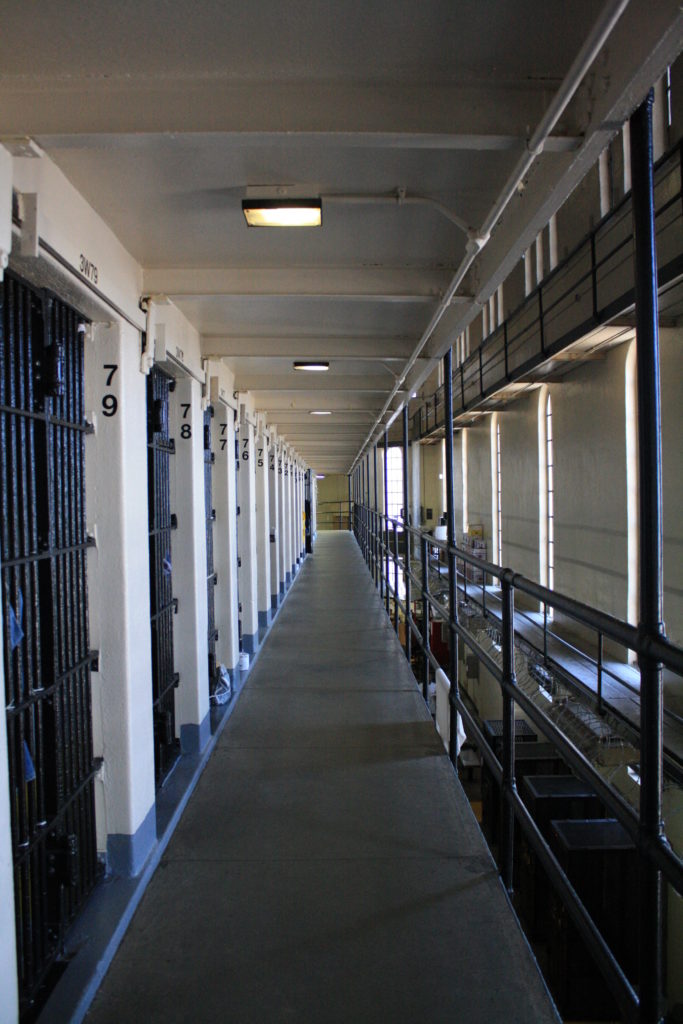
Beef, pork, veal, and lamb require cooking at a minimum of 145°F, a temperature based on the 2017 FDA Food Code and displayed on a chart at statefoodsafety.com. Incarcerated persons at a state penitentiary in Parchman, Mississippi, almost cooked their bodies as a 145°F indoor temperature turned their cells turned into ovens in 2022, an investigation by the justice department found.
An editorial in the Los Angeles Times said that excessive heat in prisons stays no longer confined to the southern states. Climate change has taken extreme temperatures to northern states, as persons incarcerated in Michigan, Minnesota, South Dakota, and Indiana suffer from high heat. They cannot simply go to an air-conditioned mall to cool themselves, the editors wrote.
“To our shame, it has long been part of American culture to accept or even delight in torturous prison conditions,” the editorial board noted, adding, “But cruelty is explicitly unconstitutional and not part of acceptable prison treatment, no matter what the individuals did to be sent there.”
Examples of prisons affected by rising temperatures proliferate. In Louisiana’s Angola prison, plaintiffs in a lawsuit against the state claimed that incarcerated persons had to endure record-breaking summer heat with the mercury in the triple-digits for days, making life unbearable inside the windowless cells. A study of prisons in Texas found an average of 14 heat-related deaths annually in prisons without air-conditioning, but zero deaths due to heat in the state’s few climate-controlled facilities.
Correctional staff suffers just as much. The editorial commented that excessive heat compounds incidents of aggression among incarcerated persons with yet more aggression by officers. For incarcerated persons and for staff alike, health problems caused or influenced by excessive temperatures may result in intensifying mental health conditions, insomnia, and in altering efficacy of medications. The elderly suffer the most, the editorial said.
Temperatures that exceed the limits permitted at animal shelters create desperate situations that lead to desperate measures, exemplified by reports of toilet-water-saturated clothing or bedding used for lowering body temperatures, said the editorial. Personal fans, typically the only devices obtainable for cooling, help with air circulation, but make little difference at temperatures above 120°F.
The Times’s recommendations for alleviating the problems may have sounded utopian a few years ago, but in these climate-impacted days, the commentary makes them seem a dire necessity. The federal government should financially encourage states to improve prison climate systems and states should spend on air-conditioning, the editors wrote.
The editorial also made a veiled appeal for decarceration by saying that a changing climate increases the costs of incarceration. The editors framed their plea as an either-or dilemma: governments must pay more for improved air-conditioning now or will have to pay more for wrongful-death settlements and verdicts later, which implied that taxpayers not happy about paying for air-conditioned incarceration would save their dollars simply by finding alternatives to prisons.
“A correctional facility is society’s messenger to convicted criminals about humanity and acceptable standards of conduct; at the very least it should provide minimum standards of humane treatment — safety, security, nutrition, medical care, livable conditions. Their punishment is the loss of their liberty. It is not — or rather, no civilized society should ever allow it to be — gratuitous physical or psychological torment,” the editors opined.